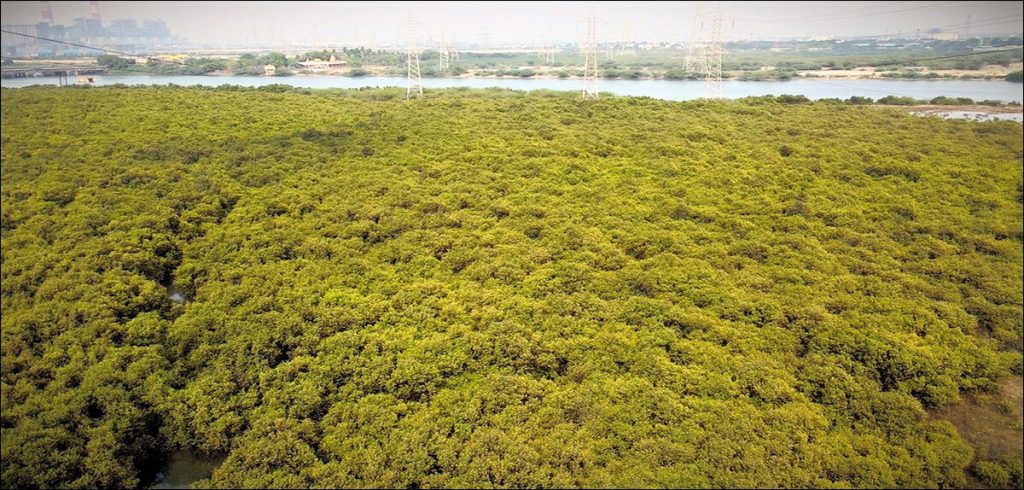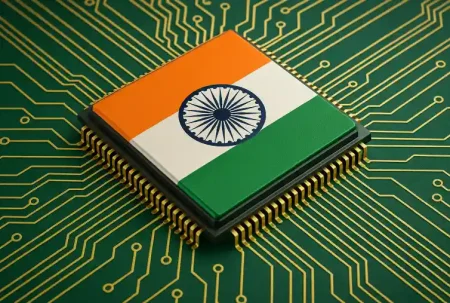How technological inventions will assist humans in tackling catastrophic climate change and overcome an imminent shortage of food and water
Despite the pandemic claiming millions of lives over the past few years, global warming or climate change remains the biggest threat to global health in the 21st century according to the World Health Organization (WHO). Exacerbated by burning fossil fuels, deforestation, pollution, and a number of agricultural and industrial practices, climate change is causing deserts to expand, polar ice caps to melt, and heat waves to become more common. Additionally, the World Food Program (WFP) lists climate change as one of the top three drivers behind an imminent food crisis of unprecedented proportions.
The carbon crisis

CO2 is a greenhouse gas that warms the earth by trapping heat inside the same way the glass in a greenhouse works. While it’s imperative that we have CO2 in our atmosphere without which we would all probably freeze to death, too much of a good thing is never a good thing and unfortunately that’s the case with CO2. There are numerous studies that already connect climate change and rising temperatures with an imminent global shortage of food and water. Changes in the frequency and severity of droughts and floods affect farmers trying to raise crops and cattle, while warmer water temperatures cause chaos in aquatic ecosystems, disrupting fishing.
Let’s face it, no one really cares about climate change until it affects them personally. However, it doesn’t take a genius to figure out that if it keeps getting harder to farm, fish, or raise animals, fewer people are going to do it and there are going to be a lot more than the current estimated 828 million people in the world that go to bed hungry every night. If we add to that the fact that we are amongst the 5 countries with the worst air quality in the world and we have over 2 million deaths a year caused by air pollution, the 40 gigatons of CO2 emitted into the air each year suddenly becomes a very personal problem.
Nature’s carbon scrubbers

Carbon sequestration is the process of capturing CO2 from the atmosphere using biological, physical, and chemical processes and storing it in carbon pools, and while there are a number of artificial processes devised for similar effects, nature does it best. Dubbed “the best carbon scrubbers” by NASA, mangroves sequester more carbon than any other type of forest. In fact, in addition to sequestering carbon 5 times more per hectare than terrestrial forests, mangroves sequester carbon about 100 times faster. That translates to an acre of mangroves sequestering about 500 metric tons of CO2 annually, and while that may be nothing compared to the 40 billion tons we produce, it’s pretty incredible for just one acre.
That being said, however, mangroves are also disappearing faster than any other type of forest with UNESCO estimating about two to five times faster than the overall loss of global forest cover. While this can be attributed to temperature and soil-related issues as well as human intervention and the commercialization of coastal areas, the end result is that our planet has already lost about half its mangrove forests over the past 40 years. This is where Project Alaiyathi (meaning mangroves in Tamil) becomes a part of our story in their mission to rebuild our mangrove forests using technology to offset the irreparable damage that has unfortunately already been done.
Alaiyathi

Project Alaiyathi – a million mangroves initiative is a project by the Association for Sustainable Community Development (ASSCOD), a non-profit voluntary organization operating in rural Tamil Nadu since 1994. Aimed at restoring the mangroves along with the rich ecosystem that they support between Ennore Creek and Pulicat Lake in Tamil Nadu, the plan is to plant a million mangroves and maintain them with the help of satellite imagery, drones, live streams, and solar water pumps. While satellite imagery is used to locate intertidal areas as well as areas where there is already mangrove cover, drones are being used to check for canals that have been silted or overgrown with invasive vegetation.

To quote Advitya Thapa, Senior Development Professional and Lead Consultant at Alaiyathi, “Another important aspect is that we are removing the invasive shrub Prosopis Juliflora (that is a thorny bush) and using it as natural fencing for the mangroves. Doing this not only prevents cattle from grazing over and destroying the mangroves but also helps the mangroves thrive undisturbed.” He then adds “With greater funding, we aim to use solar-powered cameras and water pumps. Cameras will help us Livestream the grove in order to prevent encroachment as well as to record bird and aquatic life, and the water pumps will be used to pump out water from the backwaters when the canals go dry in the summer.”
Every little counts

While project Alaiyithi may seem small, it is responsible for over 40,000 mangroves being planted since 2007 and is run completely by an 8-member team consisting of 4 core members and two Irula tribal couples. “This year we will end with an additional 20,000 mangroves plus 500 native trees like Portia, Neem, and Indian Ash,” says Advitya. Each mature mangrove tree can sequester up to 25 kilograms of CO2 a year which means a million mangroves could sequester 25,000 tons a year. Since it is estimated that we will cross 58 billion tons of CO2 annually by 2030, every bit counts. If you would like to help Advitya and his team reach their goal of a million mangroves, visit their fundraiser page to be a part of the solution.
In case you missed:
- Toyota’s Liquid Hydrogen-Powered “GR H2” Race Cars
- Could Dimming the Sun Be the Solution to Global Warming?
- China launches world’s first AI-powered underwater data centre!
- How AI Is Helping Restore the World’s Coral Reefs
- What Is Electronic Soil?
- CES 2025: NVIDIA’s Cosmos Just Gave Robots a ‘ChatGPT Moment’!
- Dire Wolves are not back; what we got are designer dogs for GoT fans!
- Scientists have stored the human genome on a Kryptonian crystal
- Mainstream AI workloads too resource-hungry? Try Hala Point, Intel’s largest Neuromorphic computer
- Neuralink Blindsight and Gennaris Bionic eye, the future of ophthalmology?










2 Comments
You presented your ideas and thoughts really well on the paper.
So, ocean water also sequesters CO2. Is there any basis for comparing the volume of CO2 sequestered by the world’s oceans or any sub unit thereof, to the volume of CO2 sequestered by the world’s forests or any sub unit thereof? By what process was it determined that certain tree species sequester more CO2 than other species? How does this all stand, anyway, vs. ice core data showing that planetary warming comes before atmospheric CO2 increases?